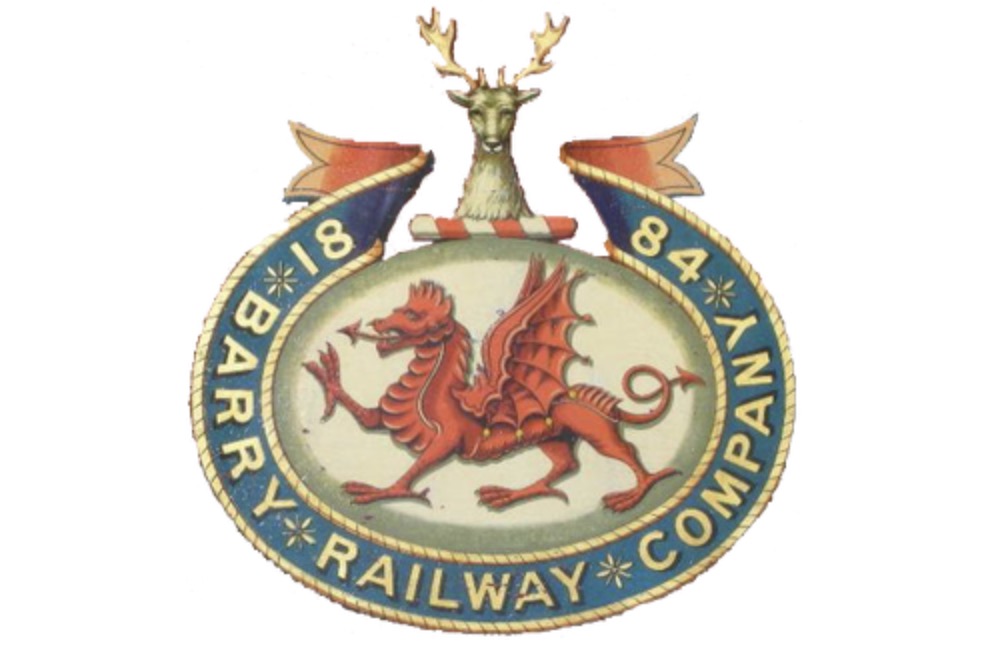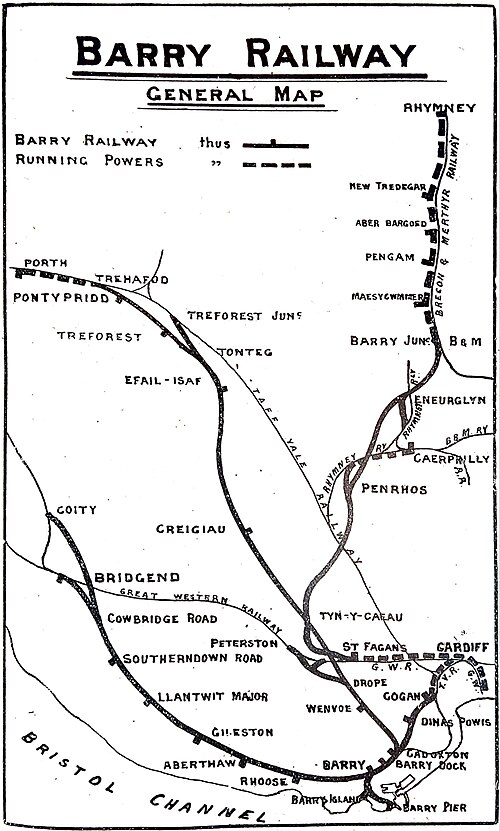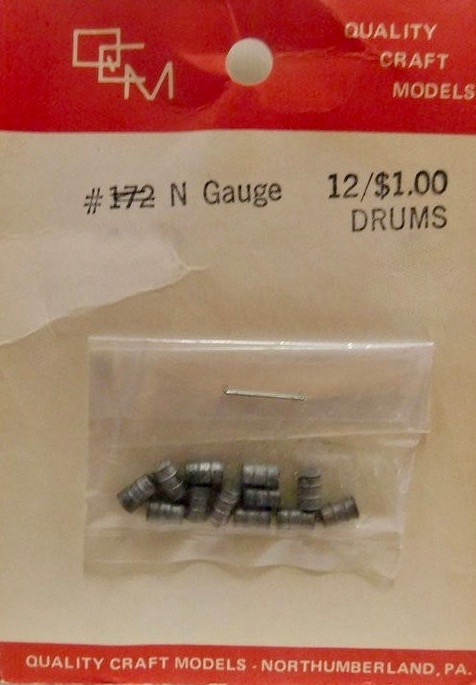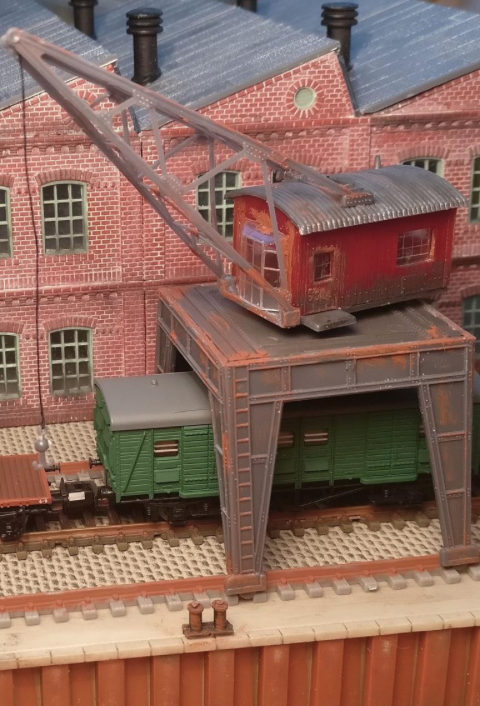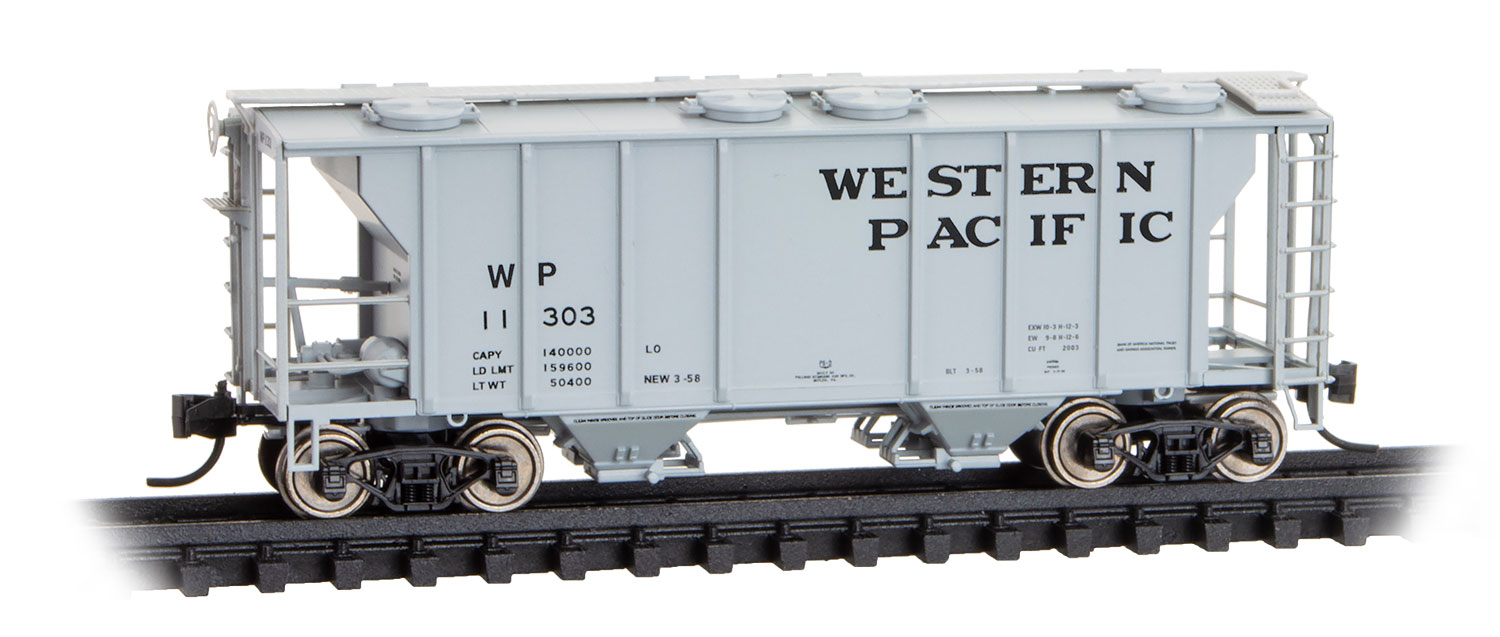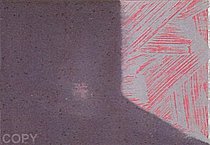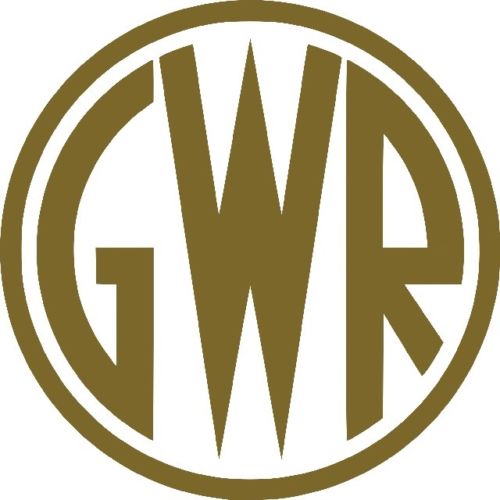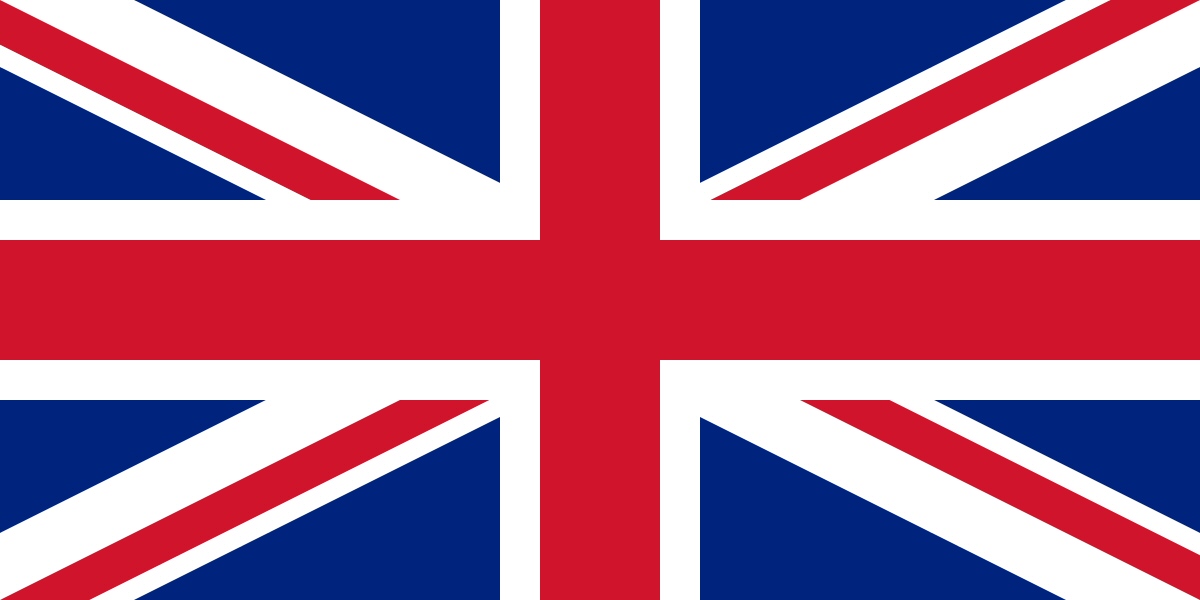Company History: The Barry Railway Company was a railway and docks company in South Wales, first incorporated as the Barry Dock and Railway Company in 1884. It arose out of frustration among Rhondda coal owners at congestion and high charges at Cardiff Docks as well the monopoly held by the Taff Vale Railway in transporting coal from the Rhondda. In addition, the Taff Vale did not have the required capacity for the mineral traffic using the route, leading to lengthy delays in getting to Cardiff.
The Barry Railway opened its main line from Trehafod in the Rhondda to Barry in 1889 and its first dock was opened in the same year, with modern loading equipment. It was immediately successful and principally carried coal, the tonnage increased year on year, so that by 1910 it had overtaken Cardiff as the largest export point of South Wales coal and in 1913, a world record of shipment of 11.09 million long tons (11.27 million tonnes) of coal were exported. Later it built costly branches to connect to the Rhymney and Brecon & Merthyr Railways.
Although chiefly a mineral railway, it ran a suburban passenger service from Barry to Cardiff. After 1918 the South Wales coal industry declined and the Barry Railway suffered accordingly. After the grouping of the railways in 1922 the Great Western Railway sought rationalisation, and the main line of the Barry Railway, which duplicated the ex-Taff Vale main line between Treforest and Trehafod, was 'run down', the passenger service via Tonteg Junction to Trehafod and Porth being terminated between Tonteg Junction and Hafod Junction in 1930 but freight traffic continued until June 1951, the line from Tonteg Junction via the Graig tunnel and station having been singled in its twilight years. Thus from June 1951, all traffic from the south ran to Pontypridd and beyond via the Tonteg Junction-Treforest Junction section from Barry or Llantrisant. Track was thus lifted later between Tonteg Junction and Trehafod (Hafod Junction). The line from Barry to Cogan, near Penarth, is in use at the present day carrying a busy passenger service to Cardiff and valleys.From Wikipedia
The Barry Railway opened its main line from Trehafod in the Rhondda to Barry in 1889 and its first dock was opened in the same year, with modern loading equipment. It was immediately successful and principally carried coal, the tonnage increased year on year, so that by 1910 it had overtaken Cardiff as the largest export point of South Wales coal and in 1913, a world record of shipment of 11.09 million long tons (11.27 million tonnes) of coal were exported. Later it built costly branches to connect to the Rhymney and Brecon & Merthyr Railways.
Although chiefly a mineral railway, it ran a suburban passenger service from Barry to Cardiff. After 1918 the South Wales coal industry declined and the Barry Railway suffered accordingly. After the grouping of the railways in 1922 the Great Western Railway sought rationalisation, and the main line of the Barry Railway, which duplicated the ex-Taff Vale main line between Treforest and Trehafod, was 'run down', the passenger service via Tonteg Junction to Trehafod and Porth being terminated between Tonteg Junction and Hafod Junction in 1930 but freight traffic continued until June 1951, the line from Tonteg Junction via the Graig tunnel and station having been singled in its twilight years. Thus from June 1951, all traffic from the south ran to Pontypridd and beyond via the Tonteg Junction-Treforest Junction section from Barry or Llantrisant. Track was thus lifted later between Tonteg Junction and Trehafod (Hafod Junction). The line from Barry to Cogan, near Penarth, is in use at the present day carrying a busy passenger service to Cardiff and valleys.From Wikipedia
Successor/Parent History: The Great Western Railway (GWR) was a British railway company that linked London with the south-west and west of England, the Midlands, and most of Wales. It was founded in 1833, received its enabling Act of Parliament on 31 August 1835 and ran its first trains in 1838. It was engineered by Isambard Kingdom Brunel, who chose a broad gauge of 7 ft (2,134 mm)—later slightly widened to 7 ft 1⁄4 in (2,140 mm)—but, from 1854, a series of amalgamations saw it also operate 4 ft 8 1⁄2 in (1,435 mm) standard-gauge trains; the last broad-gauge services were operated in 1892. The GWR was the only company to keep its identity through the Railways Act 1921, which amalgamated it with the remaining independent railways within its territory, and it was finally merged at the end of 1947 when it was nationalised and became the Western Region of British Railways.
The GWR was called by some "God's Wonderful Railway" and by others the "Great Way Round" but it was famed as the "Holiday Line", taking many people to English and Bristol Channel resorts in the West Country as well as the far south-west of England such as Torquay in Devon, Minehead in Somerset, and Newquay and St Ives in Cornwall. The company's locomotives, many of which were built in the company's workshops at Swindon, were painted a Brunswick green colour while, for most of its existence, it used a two-tone "chocolate and cream" livery for its passenger coaches. Goods wagons were painted red but this was later changed to mid-grey.
Great Western trains included long-distance express services such as the Flying Dutchman, the Cornish Riviera Express and the Cheltenham Spa Express. It also operated many suburban and rural services, some operated by steam railmotors or autotrains. The company pioneered the use of larger, more economic goods wagons than were usual in Britain. It operated a network of road motor (bus) routes, was a part of the Railway Air Services, and owned ships, docks and hotels.
From Wikipedia
The GWR was called by some "God's Wonderful Railway" and by others the "Great Way Round" but it was famed as the "Holiday Line", taking many people to English and Bristol Channel resorts in the West Country as well as the far south-west of England such as Torquay in Devon, Minehead in Somerset, and Newquay and St Ives in Cornwall. The company's locomotives, many of which were built in the company's workshops at Swindon, were painted a Brunswick green colour while, for most of its existence, it used a two-tone "chocolate and cream" livery for its passenger coaches. Goods wagons were painted red but this was later changed to mid-grey.
Great Western trains included long-distance express services such as the Flying Dutchman, the Cornish Riviera Express and the Cheltenham Spa Express. It also operated many suburban and rural services, some operated by steam railmotors or autotrains. The company pioneered the use of larger, more economic goods wagons than were usual in Britain. It operated a network of road motor (bus) routes, was a part of the Railway Air Services, and owned ships, docks and hotels.
From Wikipedia
Brief History: The United Kingdom, made up of England, Scotland, Wales and Northern Ireland, is an island nation in northwestern Europe. England – birthplace of Shakespeare and The Beatles – is home to the capital, London, a globally influential centre of finance and culture. England is also site of Neolithic Stonehenge, Bath’s Roman spa and centuries-old universities at Oxford and Cambridge.
Item Links: We found: 1 different collections associated with Barry Railway - Railroad
- Collection N Scale Model Trains: 1 different items.
Item created by: CNW400 on 2024-01-11 15:46:41
If you see errors or missing data in this entry, please feel free to log in and edit it. Anyone with a Gmail account can log in instantly.
If you see errors or missing data in this entry, please feel free to log in and edit it. Anyone with a Gmail account can log in instantly.


